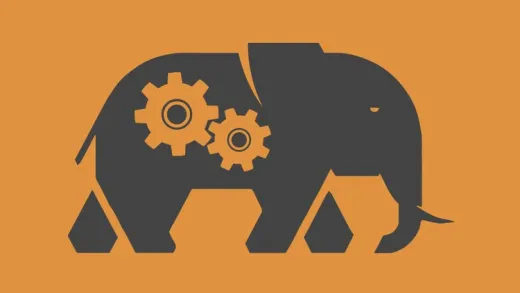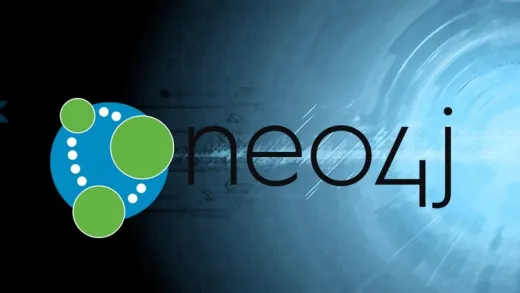Brief Summary
Dive into Neo4j, the popular graph database! This course covers key concepts, allows hands-on learning with coding challenges, and introduces you to Cypher, the query language. Perfect for anyone wanting to understand complex data relationships in a fun way!
Key Points
-
Neo4j handles complex data and relationships better than traditional RDMS databases.
-
Key concepts include transitions, searches, and traversals within graph databases.
-
Learn to work with nodes and their relationships in large graphs.
-
Cypher is the query language for creating, modifying, and handling Neo4j data.
-
Includes 10 coding challenges and an interactive mini IMDB project.
Learning Outcomes
-
Understand the basics of graph databases and why they matter.
-
Navigate through nodes and relationships effectively.
-
Use Cypher to manipulate data in Neo4j.
-
Apply knowledge through practical coding challenges.
-
Engage with real-world data using the mini IMDB project.
About This Course
Learn Neo4j Graph Database from a beginner point of view
Neo4j is in very demand because Why are people abandoning their RDMS databases and switching to graph databases like Neo4j? It's more than a "big data" trend. Graph databases can handle more complex data and relationships, which are baked in at the record level. We covers key concepts, like transitions, searches, and traversals, and shows you how to work with nodes, the relationships between nodes, and navigate large graphs of information. Developers will be interested in the chapters devoted to Cypher, the query language for finding, creating, modifying, and deleting Neo4J data. There are ten coding challenges sprinkled throughout the course, allowing you to test your Cypher skills, and the exercise files feature a fun, interactive mini "IMDB" that explores data from your favorite movies.
Why you should take this course:
This course on Neo4j Database is designed for self-directed training, allowing participants to begin at their convenience with structured training. You'll learn through videos, PPTs and other hands-on activities designed to enhance learning outcomes, all at times that are most convenient to you.








Chun-yien C.
There is a consistent error in this course, which is "name of the node". There is no such thing except you specify a property named "name". Most of the time the usage of "name of the node" is actually specifying a variable.